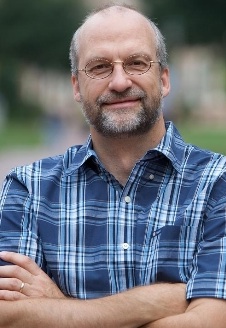 So what is the religious life of emerging adults today like when compared to the last twenty-five years? What is it like when compared to other age groups?
So what is the religious life of emerging adults today like when compared to the last twenty-five years? What is it like when compared to other age groups?
What Smith and Snell discovered in their fantastic new book: Souls in Transition: The Religious and Spiritual Lives of Emerging Adults is nothing short of stunning.
is nothing short of stunning.
Again, we’re talking about 46 million emerging adults…
How does the following conclusion encounter you?
I begin with a fundamental conclusion of theirs: “Overall, then, the preponderance of evidence here shows emerging adults ages 18 to 25 actually remaining the same or growing more religious between 1972 and 2006 — with the notable exceptions of significantly declining regular church attendance among Catholics and mainline Protestants, a near doubling in the percent of nonreligious emerging adults, and significant growth in the percent of emerging adults identifying as religiously liberal” (101).
What Smith and Snell do in this chapter is provide charts and discuss them. Here are the topics:changing religious indicators, stable religious indicators, percent praying daily or more, percent strongly affiliating with religious tradition, political/civic activity, volunteering, active association membership, changing religious indicators… percent of 18-25s attending religious services weekly or more, percent of 18-25s strongly affiliating with their own religious tradition, percent of 18-25s believing Bible is inspired or literal Word of God, and percent of 18-25s believing in life after death.
Some more…
Younger adults tend to be less religious than older adults…
Emerging adults are the least religious adults in the USA …
Catholics and Mainliners are even less religious than evangelicals and Black Protestants…
But emerging adults since 1972 have become more religious
Little evidence of massive secularization among emerging adults…

